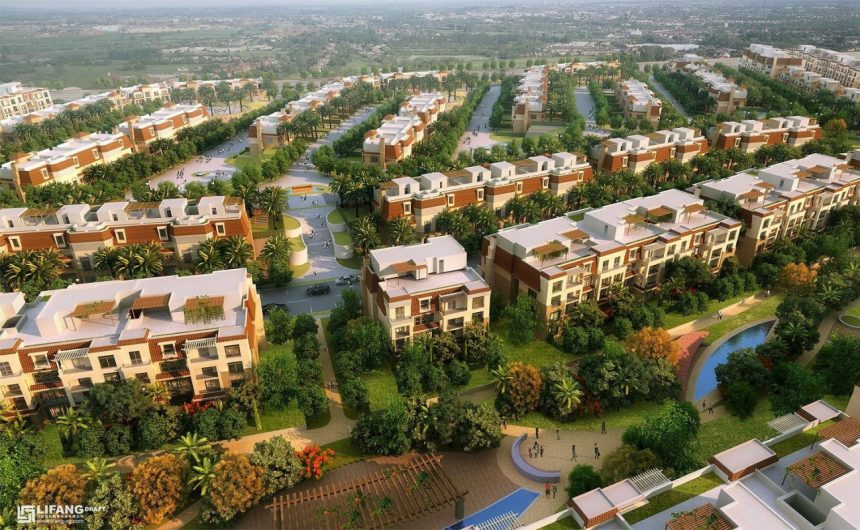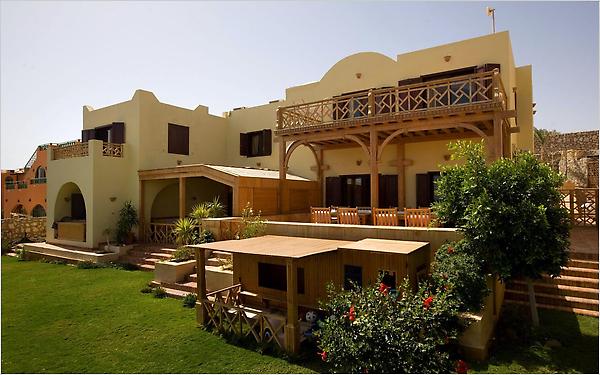Table of Contents
ToggleHave you thought about buying an affordable house and you are waiting for the government support?
Affordable housing has long been a pressing issue in Egypt, a country with a rapidly growing population and increasing urbanization. As the demand for decent and reasonably priced housing continues to rise, the Egyptian government has taken proactive steps to bridge the gap between housing supply and demand, particularly for low- and middle-income families. Over the past two decades, several strategies, initiatives, and policies have been put into place to improve housing access and affordability across the country. This article explores the various ways in which the Egyptian government supports affordable housing and examines the challenges and successes associated with these efforts.
Background: Housing Challenges in Egypt
Egypt’s population exceeds 110 million as of 2025, with a significant proportion concentrated in urban centers such as Cairo, Alexandria, and Giza. Rapid population growth and rural-to-urban migration have intensified the demand for housing in cities. However, due to high land prices, increasing construction costs, and limited financial capacity among large segments of the population, access to affordable housing has become increasingly difficult.
Historically, Egypt has faced issues such as the proliferation of informal settlements, inadequate infrastructure in rural areas, and housing units priced well beyond the reach of the average citizen. According to data from the Central Agency for Public Mobilization and Statistics (CAPMAS), millions of Egyptians live in substandard conditions, with a sizable number of housing units in need of rehabilitation or replacement.
National Social Housing Program
One of the most significant government initiatives to support affordable housing in Egypt is the National Social Housing Program (NSHP), launched in 2014. Also known as the “Million Housing Units” project, the program aims to provide one million affordable homes for low-income citizens.
Under this initiative, the government, through the Social Housing and Mortgage Finance Fund (SHMFF), develops housing units across different governorates. These units are offered at subsidized prices with favorable payment terms. Eligible applicants include low- and middle-income families who meet specific income thresholds.
The government offers additional support in the form of:
-
Down payment assistance
-
Long-term mortgage financing with subsidized interest rates
-
Priority allocation for women, persons with disabilities, and widows
So far, hundreds of thousands of units have been delivered, particularly in new cities such as 6th of October, 10th of Ramadan, and New Cairo. The NSHP stands as a cornerstone in the country’s affordable housing strategy.
Mortgage Finance Reform
Recognizing the barriers many citizens face in accessing credit, the Egyptian government has implemented reforms to enhance the mortgage finance sector. These reforms have included:
-
Encouraging private banks to participate in low-income housing finance.
-
Establishing the Egyptian Mortgage Refinance Company (EMRC) to provide liquidity to mortgage lenders.
-
Expanding government-subsidized mortgage programs with interest rates as low as 3% for eligible families.
In collaboration with the Central Bank of Egypt (CBE), the SHMFF launched several mortgage initiatives to help low- and middle-income buyers. For example, the 2021 CBE initiative allocated EGP 100 billion for 30-year mortgage loans at 3% interest, offering the longest-term and lowest-rate mortgages ever in Egypt.
Public-Private Partnerships (PPPs)
To meet housing demand more efficiently, the government has actively pursued public-private partnerships. These partnerships allow private developers to participate in housing projects with government support, including access to land, fast-tracked permits, and financing incentives.
One successful model is the “Private Sector-led Social Housing” approach, where developers are provided with land in prime areas on the condition that a portion of the project is allocated to affordable housing. The proceeds from higher-end units help cross-subsidize the low-income housing components.
Additionally, projects like Dar Misr, Sakan Misr, and JANNA, though targeted more at middle-income families, have helped relieve pressure on the low-income housing market by offering accessible alternatives for upwardly mobile Egyptians.
Urban Development and New Cities
The Egyptian government has placed a strong emphasis on developing new urban communities as part of its national strategy to reduce pressure on existing urban centers. The New Urban Communities Authority (NUCA) is tasked with developing planned cities equipped with modern infrastructure, schools, hospitals, and commercial services.
More than 20 new cities are under development or expansion, including:
-
The New Administrative Capital (NAC)
-
New Alamein
-
New Mansoura
-
East Port Said
Many of these cities include housing components specifically designated for low- and middle-income families. The aim is to create inclusive urban environments that prevent the formation of slums and encourage socio-economic integration.
Legal and Regulatory Framework
The government has also strengthened the regulatory environment to support affordable housing. Laws have been passed to:
-
Protect tenants and buyers from fraud.
-
Facilitate land allocation for social housing.
-
Regulate building codes to ensure safety and reduce construction costs.
For instance, Law No. 33 of 2014 provided the legal foundation for the SHMFF to operate as a centralized authority responsible for planning, funding, and implementing social housing policies.
International Cooperation
Egypt has collaborated with international organizations such as the World Bank, UN-Habitat, and African Development Bank to secure funding and technical support for housing and urban development projects.
In 2015, the World Bank approved a $500 million loan to support Egypt’s Affordable Housing Program. The loan contributed to increasing the supply of housing for low-income households and improving the efficiency and transparency of housing subsidies.
Challenges and Criticism
Despite these efforts, several challenges persist:
-
Affordability gaps: Even with subsidies, some low-income families still find it difficult to afford housing units.
-
Bureaucracy: Lengthy application processes and paperwork have discouraged many eligible citizens from applying.
-
Location issues: Some units are located far from city centers and lack adequate public transportation, discouraging uptake.
-
Maintenance and services: Ensuring long-term maintenance and quality of life in new developments remains a concern.
There is also a need for better integration of informal areas into formal urban planning, as a large portion of Egypt’s population still lives in informal settlements.
Conclusion
The Egyptian government has made significant strides in supporting affordable housing through a comprehensive blend of policies, programs, and partnerships. The National Social Housing Program, subsidized mortgage schemes, and the development of new urban communities stand out as key pillars of this strategy.
While notable progress has been made, continued efforts are necessary to ensure that housing is not only affordable but also accessible, well-located, and sustainable. As Egypt moves forward with its Vision 2030 development goals, housing will remain a vital sector for achieving social equity and economic stability. Ensuring inclusivity and responsiveness to citizens’ needs will be essential in shaping a future where every Egyptian has a place to call home.
Frequently Asked Questions
What are the main housing challenges facing Egypt today?
Egypt faces several housing challenges due to rapid population growth, urbanization, and rural-to-urban migration. These challenges include:
-
A growing gap between housing demand and supply.
-
High land and construction costs.
-
An increase in informal settlements.
-
Poor infrastructure in rural areas.
-
Lack of affordable financing options.
Millions of Egyptians, especially in urban areas, live in substandard or overcrowded housing conditions, which the government is working to address through various programs.
What is the National Social Housing Program (NSHP), and what are its objectives?
The NSHP, launched in 2014, is Egypt’s flagship affordable housing initiative. Commonly known as the “Million Housing Units” project, it aims to provide one million low-cost housing units to low- and middle-income families. Key objectives include:
-
Increasing access to affordable housing.
-
Offering government-subsidized homes.
-
Supporting families with down payments and mortgage subsidies.
-
Prioritizing vulnerable groups like women, widows, and persons with disabilities.
The program focuses on delivering decent, affordable housing in new cities across the country.
How does the Egyptian government help low-income citizens afford home ownership?
The government supports low-income citizens through several measures:
-
Subsidized mortgage interest rates, often as low as 3%, with long repayment periods up to 30 years.
-
Down payment assistance, making it easier for citizens to afford initial costs.
-
Partnerships with banks and mortgage lenders to provide accessible financing.
-
Priority housing allocation for certain disadvantaged groups.
These efforts reduce the financial burden on buyers and help more Egyptians achieve homeownership.
What role does the Social Housing and Mortgage Finance Fund (SHMFF) play?
The SHMFF is the government body responsible for:
-
Planning and implementing the National Social Housing Program.
-
Managing housing subsidies and mortgage programs.
-
Setting income eligibility criteria.
-
Overseeing the allocation of housing units.
It serves as the central agency that coordinates between various ministries, banks, and developers to ensure affordable housing is available and accessible to the public.
